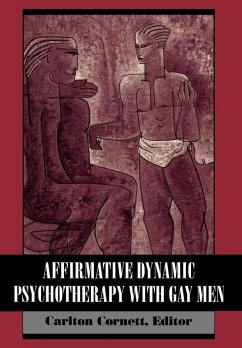Drawing on concepts from Freud to Kohut, the authors of this volume remove the pathological stigma of homosexuality per se, a theoretical bias that may have long prevented dynamic therapists from working more effectively with gay clients. The authors manage to weave sophisticated theory with specific, pragmatic advice that is readily applicable in the first session of therapeutic work. Traditional analytic topics such as resistance, interpretation, and countertransference are all thoughtfully discussed as they apply specifically to the gay client. Given the immense contemporary popularity of object relations theory, readers will particularly welcome such unique contributions as the chapter on borderline personality disorder and the gay client. Case vignettes appear throughout the book and these are immensely helpful in putting a client's sexual orientation within the context of total personality organization. The contributions strike a nice balance. On the one hand, the concerns of the gay client are "normalized", that is, placed within the general framework of issues all clients face, such as social sex roles, self-esteem, and identity cohesion. On the other hand, specialized issues such as the gay client's motivation for treatment, the effects of a patient's HIV status, and the relative merits of a gay client seeing a gay vs. a heterosexual therapist are all covered in depth... The historical material carefully traces the myriad of theoretical justifications that have been used to demonstrate the supposed inevitably pathological nature of homosexuality. These sections serve as an important, if unpleasant, reminder that well-intentioned people often use "scientific theory" to preservethe societal status quo, with potentially disastrous effects on the individual. The authors show how theory, particularly Kohutian conceptualizations of narcissism, may also be used to provide an affirmative therapeutic stance that emphasizes normal, not pathological develo








